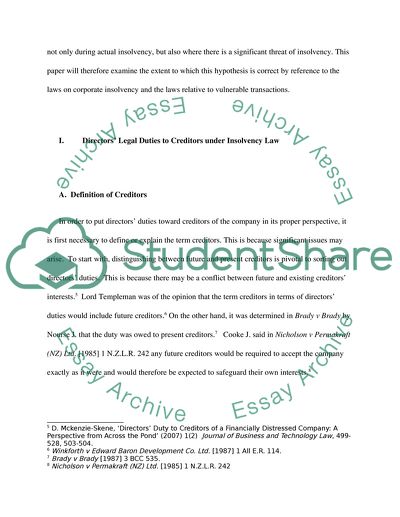Cite this document
(Directors Legal Liabilities Term Paper Example | Topics and Well Written Essays - 3500 words, n.d.)
Directors Legal Liabilities Term Paper Example | Topics and Well Written Essays - 3500 words. Retrieved from https://studentshare.org/law/1743560-corporate-liquidation
Directors Legal Liabilities Term Paper Example | Topics and Well Written Essays - 3500 words. Retrieved from https://studentshare.org/law/1743560-corporate-liquidation
(Directors Legal Liabilities Term Paper Example | Topics and Well Written Essays - 3500 Words)
Directors Legal Liabilities Term Paper Example | Topics and Well Written Essays - 3500 Words. https://studentshare.org/law/1743560-corporate-liquidation.
Directors Legal Liabilities Term Paper Example | Topics and Well Written Essays - 3500 Words. https://studentshare.org/law/1743560-corporate-liquidation.
“Directors Legal Liabilities Term Paper Example | Topics and Well Written Essays - 3500 Words”, n.d. https://studentshare.org/law/1743560-corporate-liquidation.


